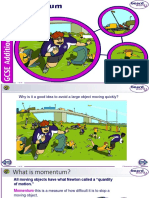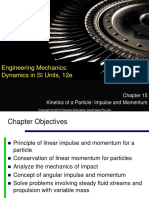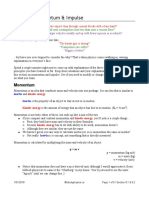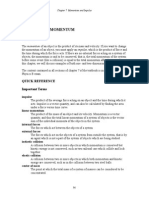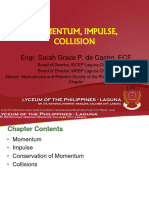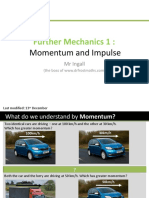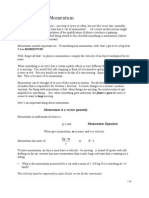0% found this document useful (0 votes)
49 views34 pagesModule 7
The document discusses angular impulse and momentum, including how angular impulse equals torque multiplied by time, and how the change in angular momentum equals angular impulse. It provides examples applying the concepts and solving problems involving angular impulse, momentum, and conservation of angular momentum.
Uploaded by
Trushank PatelCopyright
© © All Rights Reserved
We take content rights seriously. If you suspect this is your content, claim it here.
Available Formats
Download as PDF, TXT or read online on Scribd
0% found this document useful (0 votes)
49 views34 pagesModule 7
The document discusses angular impulse and momentum, including how angular impulse equals torque multiplied by time, and how the change in angular momentum equals angular impulse. It provides examples applying the concepts and solving problems involving angular impulse, momentum, and conservation of angular momentum.
Uploaded by
Trushank PatelCopyright
© © All Rights Reserved
We take content rights seriously. If you suspect this is your content, claim it here.
Available Formats
Download as PDF, TXT or read online on Scribd
/ 34























